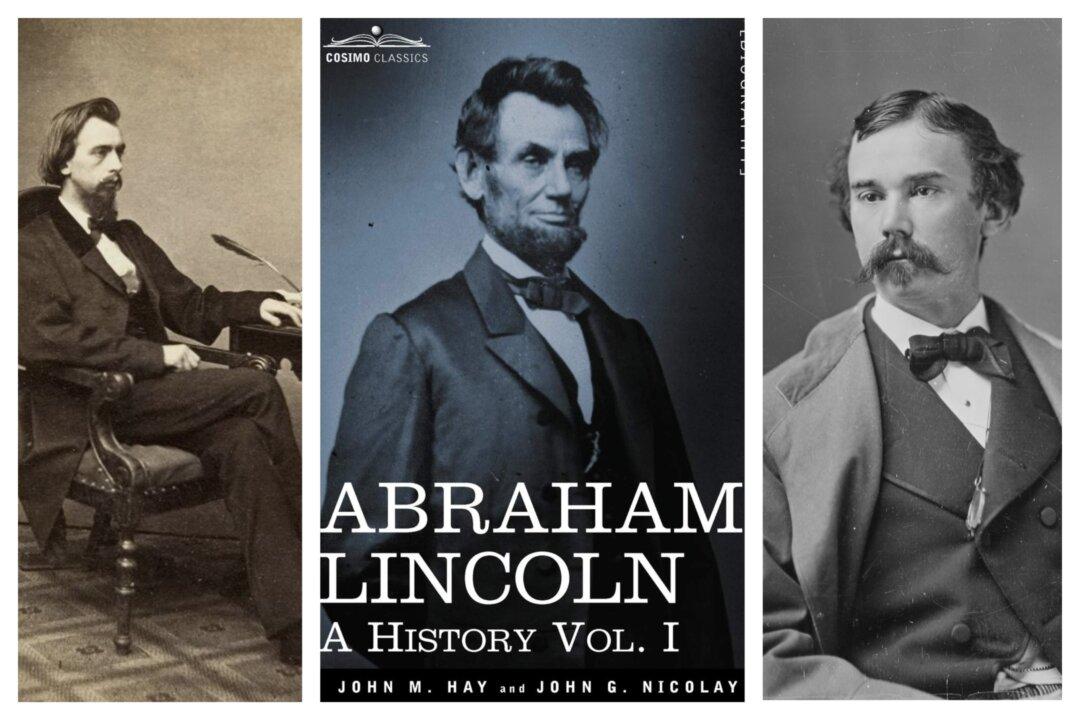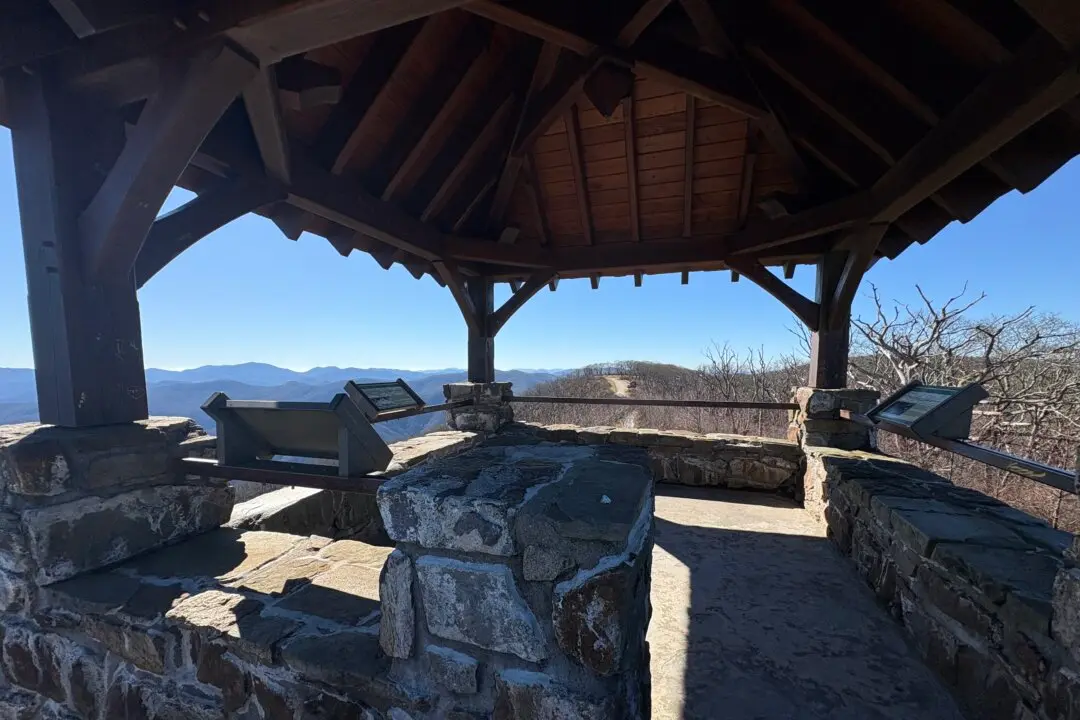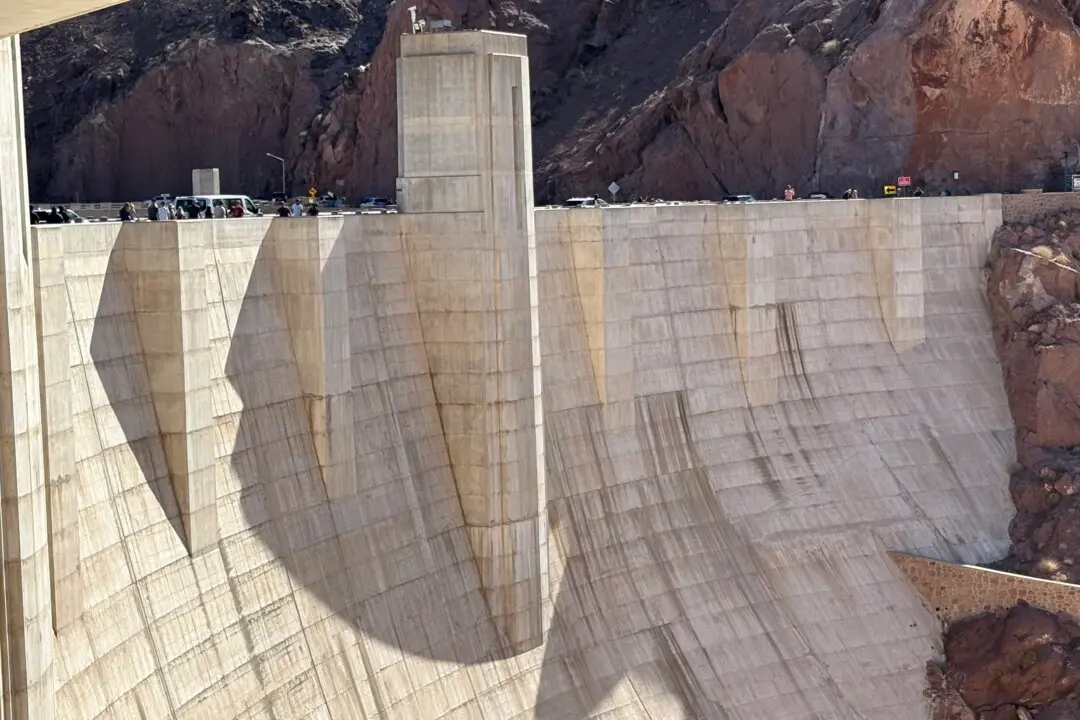I camped in early spring near the Lookout Mountain Battlefield Trail System in Chattanooga, Tennessee, and hiked where both Union and Confederate soldiers had trod during the late fall of 1863. I’m an amateur photographer who has spent countless hours in a darkroom printing black and white film, and a primary target of the trip was a visit to Ochs Museum and Observatory, where some of Robert Michael Linn’s photography is on display.
According to Chattanoogan Anthony Hodges, a retired dentist and a collector of Civil War photographs since age 16, Linn was originally from Marion, Ohio, but his work as a civilian mapmaker and photographer with the Union army landed him in Chattanooga. Linn’s work is a snapshot of an important era in American history.





